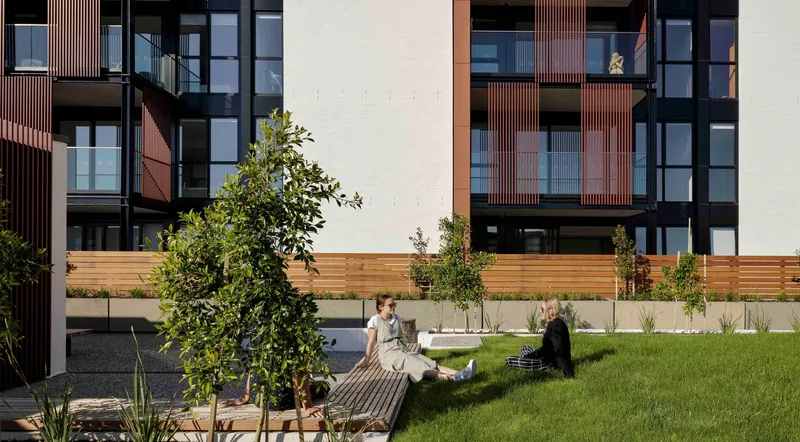NewsPerspectives
Changing Places

I think it’s safe to say, on behalf of my profession, that architecture is a conservative art. We design places that affect people’s lives for a long time and getting it wrong is expensive, in a number of ways.
We therefore tend to base our decisions on things that remain relatively stable; fundamentals that ensure our designs will perform over time. Physics, for instance, is a favourite.
There are, however, moments in time when significant social change shakes the profession hard enough to challenge those fundamentals. Covid-19 has forced us to reconsider our relationship with the places we occupy and ask ourselves if we need to design differently.
As a residential architect, designing terrace houses and apartments for people I will never meet, I find myself accepting that change is occurring, but asking myself, “What changes will endure? How do we anticipate the future needs of people who live in the houses we design?”
For change to endure, it must satisfy human needs. The benefits of the change must feel real. So, as New Zealand emerges from the constraints placed upon us by Covid-19, we asked some questions about how people felt about their homes and neighbourhoods during lockdown; a survey to discover how this experience might affect our future choices.
The results spoke of a community that had rediscovered itself. In outer suburbs we saw an increase in the sense of connection with the surrounding community, while people living in or close to city centres felt less connected – potentially due to the loss of commuters.
We saw an increased appreciation of the parks and community spaces around our homes. In a world of social distancing, they proved fit for purpose. Our respondents also indicated an anticipated shift toward walking and cycling and, while on balance there was a nervousness around public transport, the vast majority of respondents anticipated no change in their preferences around buses and trains.
It’s fair to say too that most homes performed well as workplaces, with many people utilising a bedroom or existing office space to work from home. This is a luxury that’s not afforded to everyone and interestingly, almost all respondents said they wouldn’t want to pay for an office space when they bought their next house. If they did, very few said they would pay more than $20,000 – approximately two square metres in an apartment building. Our homes, it would seem, have more flexibility than we would prefer to pay for. Of those homes that didn’t perform well, a common problem was cited: furniture, not size.
If we were to draw conclusions, it would be that lockdown has reminded us we are social animals, and that the social interaction we have within our community is valuable. We enjoy sharing spaces and experiences with our neighbours.
Our homes are lazy and poorly tuned to our day-to-day needs. While many respondents had a spare room to work from, they also lamented a lack of outdoor space. We’ve spent our money on things we don’t need.
Most importantly, I believe we have rediscovered the fundamental benefit of community. We feel better when we’re connected to society around us, and our homes have a part to play. They must connect us to our neighbours, the amenities around us, the environment and our places of work.
We can do this in a variety of ways, but in order to foster enduring change, to respond to and enable a new way of living, those connections must be visceral – felt so acutely that it affects our everyday lives.
Our future homes will be more carefully considered. They will be better tailored to our needs and actively promote an awareness of place and people, enabling and encouraging us to engage with the society around us.
If we’re successful in that goal, our homes will become part of society’s infrastructure, binding us all together.
Mat Brown is a Principal at Warren and Mahoney and leads the Residential and Houses sector. This article was originally published by The Spinoff.